For the opportunity Review of the legendary Nikon AF Nikkor 85mm 1: 1.4D lens many thanks Nicholas Summer и Mikhail Titarenko.
Nikon AF Nikkor 85mm 1: 1.4D was introduced back in 1995 and was produced right up to 2010 - for 15 years, until a nanocrystalline monster came to replace it - Nikon 85mm 1: 1.4GN AF-S Nikkor. Many photographers, including myself, greatly appreciate the legendary Nikon AF Nikkor 85mm 1: 1.4D.
Main technical characteristics of Nikon AF Nikkor 85mm 1: 1.4D:
| Review Instance Name | Nikon AF Nikkor 85mm 1: 1.4D |
| Basic properties |
|
| Front Filter Diameter | 77 mm, metal thread for filters |
| Focal length | 85 mm, EGF for Nikon DX cameras is 127.5 mm |
| Zoom ratio | 1 X (this is a fixed lens without the ability to change the focal length) |
| Designed by | for full frame cameras |
| Number of aperture blades | 9 rounded petals |
| Tags | window with focusing distance in meters and feet, depth of field scale for F / 16 and F / 11. Infrared Label |
| Diaphragm | from f / 1.4 to f / 16. The lens has an aperture ring (Non-G - lens type) |
| MDF (minimum focusing distance) | 0.85 m, maximum magnification ratio 1: 8.8 |
| The weight | 560 g |
| Optical design | 9 elements in 8 groups. The lens does not use special optical elements. |
| Lens hood | HN-31, metal, supplied |
| Period | from November 1995 to July 2010, further supplemented / replaced by Nikon 85mm 1: 1.4GN AF-S Nikkor. But for the fall of 2015, brochures 1: 1.4D still remain as the current lens. |
| Manufacturer country | Made in Japan |
| Instructions | See |
| Price |
Nikon AF NIKKOR 85mm 1: 1.4D is a professional lens and is on the Nikon NPS list.
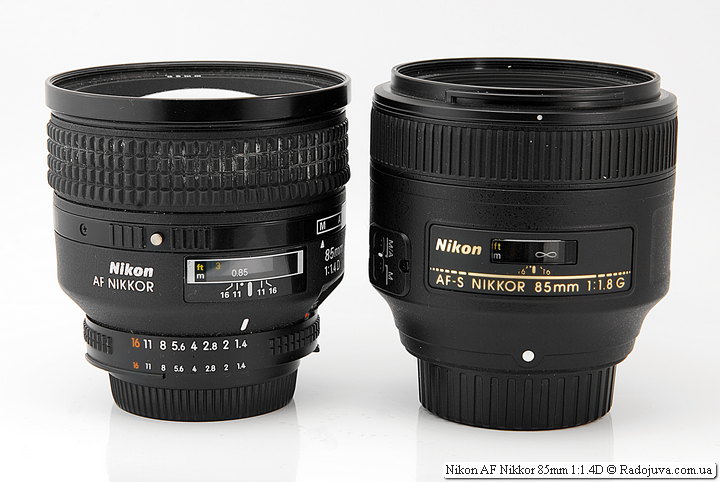
Nikon AF Nikkor 85mm 1: 1.4D and Nikon AF-S Nikkor 85mm 1: 1.8G IF SWM
Focusing
The lens has a fast auto focus. There is a lens focus mode switch 'M-A', the switch has its own interlock, which helps against accidental switching of the desired mode. Instant manual focus override is not available in 'A' mode. During autofocus, the focus ring is locked and doesn't spin... In manual focus mode 'M', the focus ring rotates approximately 90 degrees. Manual focusing is very convenient. The lens has focus distance scale и depth of field scale for F / 11 and F / 16, as well as a tag for working in the infrared spectrum.
The minimum focusing distance is 85 cm, and the maximum magnification ratio for macro photography is 1: 8.8. Nikon AF Nikkor 85mm 1: 1.4D uses technology CRC (Close Range Correction) - a focusing system with correction at close focusing distances (i.e. a floating focusing system). CRC allows you to get good image quality at any focusing distance.
Lens focus internalconstructed by the method Rear focusing system (RFS) - Rear focusing system. Usually, the abbreviation 'IF'-'Iinternal Focus' - 'Inner Focus'.
The lens uses 'professional' 77mm filters. Difficulties with different light filters should not arise. The lens comes with an excellent metal lens hood NH-31. The lens hood is simply amazing, its only drawback is that it is screwed into the front thread, or filter. When the lens hood is attached, the lens may close with a lens cap, as with the lens hood removed. The hood is not installed back-to-front (transport mode).
Nikon AF Nikkor 85mm 1: 1.4D features to work with various Nikon cameras
1. Auto focus with Nikon AF NIKKOR 85mm 1: 1.4D lens is available only when using him on cameras with built-in motor focusing. An exact and complete list of Nikon CZKs that support auto focus with 'AF' lenses (such as this one) can be found in the 'Auto focus on Nikon cameras'.
2. The lens has a manual aperture ring. To be able to control the value aperture from camera or for automatic installation aperture on modern central control valves, you need to turn the control ring to F / 16 and fix it with a special lever, which is located to the right of the marks aperture. If this is not done, then on a number of cameras, the display will display an error - 'fEE' (ring is not installed aperture) Some cameras having diaphragm rheostatallow you to control the aperture using the ring aperturebut only in metering modes exposure 'M' and 'A'. You can read more about this issue in the section on Non-G Lenses. Ring aperture rotates with clicks, the values F / 1.4, 2, 2.8, 4, 5.6, 8, 11, 16 are plotted on it. It is impossible to establish an intermediate value between pairs of numbers using the aperture ring. Intermediate values can only be set using the camera menu.
Aperture
Lens aperture mechanism Nikon 85mm f1.4D AF consists of 9 petals, the petals are rounded, which allows you to achieve even circles in the area of confusion. Due to the rounded aperture blades, achieve 'star effect'is possible only at very closed apertures, approximately at f / 11.
Image quality
The lens does not have HA in the field of sharpness already with F / 2.0, very few lenses boast such a property. There are lungs on f / 1.4 HA in the zone of sharpness. Do not confuse aberration in the zone of sharpness with friging.
Lens uses signature enlightenment Nikon SIC (Super Iintegrated Coating) and very naturally conveys color without adding cold or warm tones, including very good skin tone (skin tone). Particularly noteworthy is the bokeh - Nikon AF NIKKOR 85mm 1: 1.4D boasts very nice 'creamy bokeh'. Also, Nikon AF 85 / 1.4D has good contrast, there is no distortion. The lens can catch glare in backlight, closing the aperture does not eliminate glare. The lens is sharp at all apertures, at f / 1.4 you can shoot without problems, sharpness degrades slightly from f / 1.4-f / 2.0 due to aberrations and from about f / 5.6-f / 16 due to diffraction.
Sample photos on Nikon 85mm f1.4D AF
All photos were taken with a Nikon AF NIKKOR 85mm 1: 1.4D lens and camera Nikon D2Xs using protective filter Praktica Germany UV-protection coated 77. On Nikon DX cropped cameras EGF lens is 127.5mm. On-camera JPEG L, High. Photos without processing. Size reduced to 3MP and 2MP, imprinted data from EXIF.
UPDATE 1
Fujifilm FinePix S3 Pro + Nikon AF Nikkor 85mm 1: 1.4D.
Source RAW (WIDE 2) and JPEG (FINE, 12 M, WIDE 2) can be viewed and/or downloaded here (Google Drive Gallery).
UPDATE 2
Nikon D3000 + Nikon AF Nikkor 85mm 1: 1.4D.
Personal experience using Nikon AF Nikkor 85mm 1: 1.4D
It's funny that the Nikon AF Nikkor 85mm 1: 1.4D has faster auto focus than Nikon 85mm 1: 1.4GN AF-S Nikkor. It is very strange that the new motor versions of the lenses focus more slowly than their non-motor predecessors. Nikon 85mm 1: 1.8G AF-S IF SWM Nikkor also focuses much slower than Nikon AF Nikkor 85mm 1: 1.4D.
F / 1.4D lens focusing speed compared to Nikon 85mm 1: 1.8D AF Nikkor, exactly the same. I conducted an experiment, put two cameras side by side, on the first F / 1.4D, on the second F / 1.8D, when you press the focus button, both lenses focus equally quickly from MDF to infinity and vice versa. Most likely, all three F / 1.8 AF, F / 1.8D, F / 1.4D lenses have the same focusing speed, which may slightly differ from the camera on which the lens is used.
In general, Nikon AF NIKKOR 85mm 1: 1.4D lens I really liked it, even more than nanocrystalline F / 1.4g - both in drawing and in work. Treat this with understanding, 'like / dislike' is a purely subjective conclusion, that's why this section is called 'personal experience'. True, over time on the Nikon AF Nikkor 85mm 1: 1.4D the rubber band on the focusing ring swells and slips off - but this is a trifle, in general the lens is very well made and has no other complaints about the mechanical part.
In general, I can say with confidence that this Nikon AF Nikkor 85mm 1: 1.4D has the best build of any other 85-current AF from Nikon. I met a similar super-assembly even at the legendary manual monster - Nikon Nikkor 85mm 1: 1.4 AI-S.

Nikon AF Nikkor 85mm 1: 1.4D and Nikon AF-S Nikkor 85mm 1: 1.8G IF SWM
All autofocus 85s
Choosing a good 85mm portrait lens is very important for a large number of photographers. I pay a lot of attention to this issue, therefore I have prepared this list of all such autofocus lenses for full frame cameras with F <= 2 and a focal length of about 85 mm.
Nikon (F, Z mounts)
- Nikon 85mm 1: 1.8 AF Nikkor [December 1987]
- Nikon 85mm 1: 1.8D AF Nikkor [March 1994, Thailand/Japan]
- Nikon 85mm 1: 1.4D AF Nikkor [November 1995]
- Nikon 85mm 1: 1.4GN AF-S Nikkor SWM IF Nano Crystal Coat [August 2010]
- Nikon 85mm 1: 1.8G AF-S IF SWM Nikkor [January 2012]
- Nikon Nikkor Z 85mm 1: 1.8 S [July 2019]
- Nikon Nikkor Z 85mm 1: 1.2 S [January 2023]
Canon (EF, RF mounts)
- Canon LENS EF 85mm 1:1.2 L USM [September 1989
- Canon LENS EF 85mm 1: 1.8 USM [July 1992]
- Canon LENS EF 85mm 1:1.2 L II USM [March 2006]
- Canon LENS EF 85mm 1:1.4 L IS USM [November 2017]
- Canon lens RF 85mm F1.2L USM [May 2019]
- Canon lens RF 85mm F1.2L USM DS (DEFOCUS SMOOTHING) [October 2019]
Yongnuo/YnLens (different mounts)
- Yongnuo YN85mm F1.8 (YN85mm F1.8) [9/6, Canon EF, February 2017]
- Yongnuo YN85mm F1.8 (YN85mm F1.8N) [9/6, Nikon F, May 2019]
- Ynlens YN85mm F1.8S DF DSM (YN85mm F1.8S) [9/8, Sony E, August 2020]
- Ynlens YN85mm F1.8R DF DSM (YN85mm F1.8R) [9/8, Canon RF, May 2021]
- Ynlens YN85mm 1:1.8Z DF DSM (YN85mm F1.8Z) [9/8, Nikon Z, March 2022]
- Yongnuo 85F1.8S DF DSM [9/8, Sony E, August 2022]
Sony / Sony Zeiss ZA / Minolta (E / FE, A mount)
- Sony FE 1.4/85 GM (SEL85F18GM) [February 2016]
- Sony FE 1.8/85 (SEL85F18) [February 2017]
- Sony SAL85F14Z / Carl Zeiss Planar 1,4 / 85 ZA T* [June 2006]
- Minolta AF 85mm 1:1.4 (22) (AF lens 85) / Minolta Maxxum / Dynax / G / G+D / G+RS / G+D+LE and other versions of the same lens, A mount [1987]
Sigma (different mounts)
- Sigma EX 85mm 1: 1.4 DG HSM (two sub-versions with different body finishes, for Canon EF, Nikon F, Pentax K, Sony A, February 2010)
- Sigma 85mm 1: 1.4 DG | A [Art] (for Canon EF, Nikon F, Sigma SA, Sony E, Leica L, September 2016)
- Sigma 85mm 1: 1.4 DG DN | A [Art] (for Sony E, Leica L, August 2020)
Viltrox (different mounts)
- Viltrox PFU RBMH 85mm F1.8 STM (Sony E/FE + Fujifilm X, 2018)
- Viltrox AF 85/1.8 STM ED IF (Nikon Z, Canon RF, December 2020)
- Viltrox AF 85/1.8 II STM ED IF (Sony E/FE + Fujifilm X, July 2020, light version XNUMX)
Pentax (K mount)
- SMC Pentax-FA* 1:1.4 85mm IF AUTO FOCUS PENTAX 85 [1992]
- HD PENTAX-D FA * 85mm 1: 1.4 ED SDM AW [May 2020]
Samyang / Rokinon (different mounts)
- Samyang AF 85 / 1.4 EF (for Canon EF, scheme 9/7, June 2018)
- Samyang AF 85/1.4F (for Nikon F, scheme 9/7, April 2019)
- Samyang AF 85 / 1.4 FE (for Sony E, scheme 11/8, March 2019)
- Samyang AF 85 / 1.4 RF (for Canon RF, scheme 11/8, May 2020)
- Samyang AF 85 / 1.4 FE II (for Sony E, scheme 11/8, July 2022)
Meike (Canon EF, Nikon F, Sony E, Nikon Z, FujiFilm X)
- MEIKE 85mm AF 1: 1.8 [review] (Canon EF / Canon EF-S, April 2018)
- MEIKE 85mm AF 1: 1.8 [review] (Nikon F, Aug 2020)
- MEIKE 85mm 1:1.8 Auto Focus Lens FF STM [review] (for Sony FE/E + Nikon Z, Canon RF, FujiFilm X, June 2022 + March 2023)
- MEIKE 85mm 1:1.4 Auto Focus Lens FF STM (for Sony FE/E + Nikon Z, September 2023)
Zeiss (various mounts)
- Zeiss Sonnar 1.8 / 85 T * (Batis 1.8 / 85) [April 2015, built-in stabilizer, Sony E/FE mount, 11/8]
- Carl Zeiss Planar 1,4/85 ZA T* (Sony SAL85F14Z) [June 2006, Sony A/Minolta A mount, 8/7]
- Carl Zeiss Planar 1,4 / 85 T * [November 2002, Contax N mount, 10/9]
Tamron (different mounts)
- Tamron SP 85mm F/1.8 Di VC USD Model F016 (for Canon EF, Nikon F, Sony A [without VC function], March 2016)
Tokina (Sony E / FE mount)
- Tokina atx-m 85mm F1.8 FE (for Sony E, most likely a complete analog Viltrox PFU RBMH 85mm F1.8 STM, January 2020)
AstrHori (Sony E/FE mount)
-
AstrHori AF 85mm 1:1.8 [December 2022]
Panasonic (L mount)
- Panasonic LUMIX S 1: 1.8 / 85mm [November 2020]
Separately, you can still highlight non-classic 85s:
- macro lens Canon Lens RF 85mm F2 MACRO IS STM [2020, RF]
- longer LEICA APO-SUMMICRON-SL 1: 2/90 ASPH. (2018, Leica l)
- less aperture Sony 85 / 2.8 SAM (SAL85f28) [2010, A]
- shorter SMC PENTAX FA 1:1.8 77mm Limited (1997, K)
- shorter HD Pentax-FA 1: 1.8 77mm Limited (2021, K)
- shorter Samyang AF 75 / 1.8 FE (2020, E) + Samyang AF 75/1.8X (2023, X)
- cropped Samsung Lens 1:1.4 85mm ED SSA i-Function [2011, NX]
- cropped and longer FUJIFILM FUJINON LENS SUPER EBC XF 90mm 1: 2 R LM WR [2015, X]
- cropped and shorter Viltrox AF 75/1.2 XF STM ED IF [2022, X, E, Z]
- cropped, less aperture, macro lens Nikon DX AF-S Micro Nikkor 85mm 1: 3.5G ED VR SWM IF Micro 1: 1 [2009, F]
- many 90/2.8 class macro lenses
Prices for the Nikon AF Nikkor 85mm 1: 1.4D lens in popular stores can look at this link, or in the price block below:
Comments on this post do not require registration. Anyone can leave a comment. Many different photographic equipment can be found on AliExpress.
Results
Nikon AF Nikkor 85mm 1: 1.4D is an excellent high-aperture prime, mainly used for portrait and artistic photography. The dream of many photographers, an indispensable tool for a range of photographic tasks. The lens is characterized by excellent image quality, especially the bokeh pattern. Recommended for Nikon FX and DX cameras.
On the topic, I advise you to visit portrait lens selection page Among the Nikon Nikkor’s native autofocus lenses As well as a review Sigma 85mm f / 1.4.
Material prepared Arkady Shapoval. Training/Consultations | Youtube | Facebook | Instagram | Twitter | Telegram

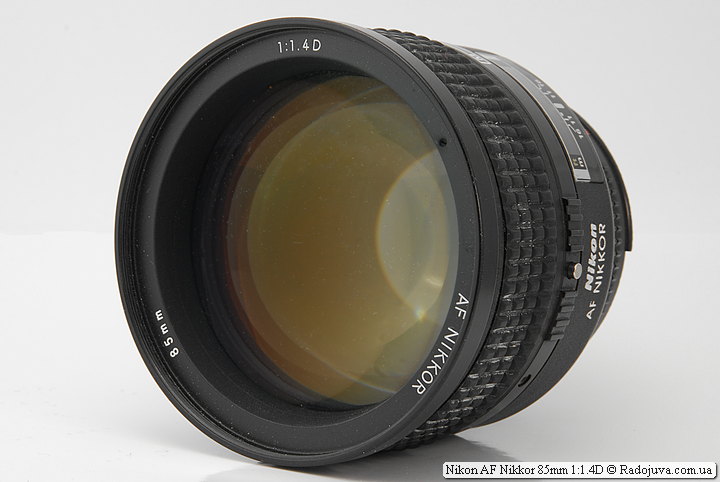
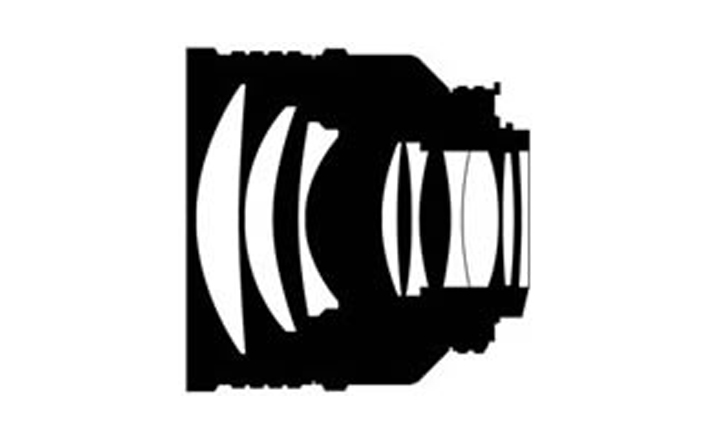
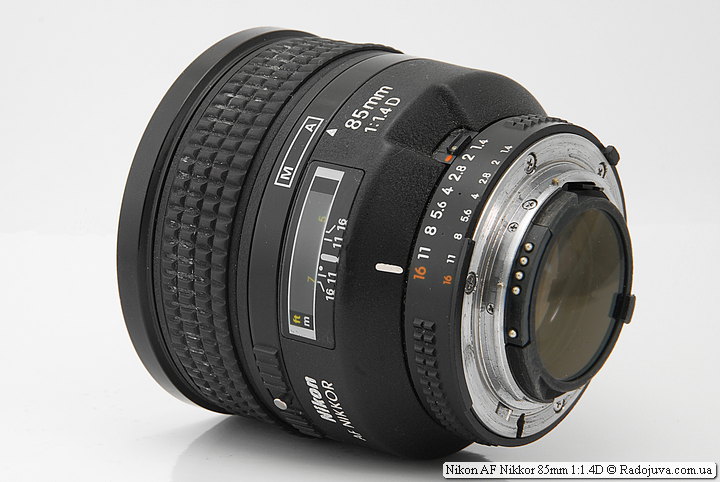
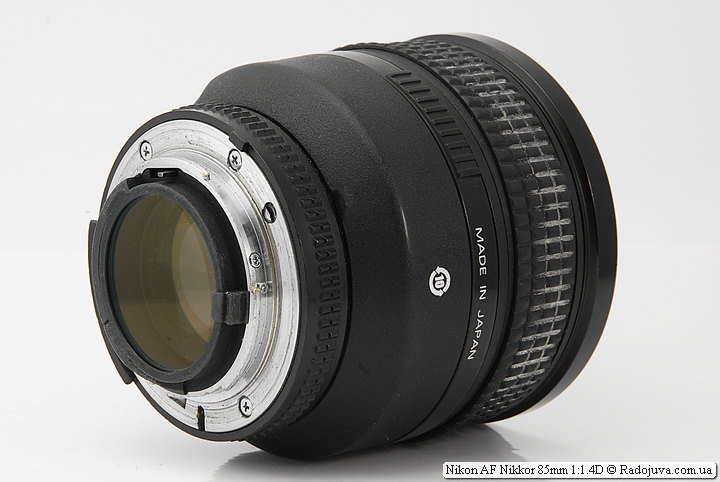
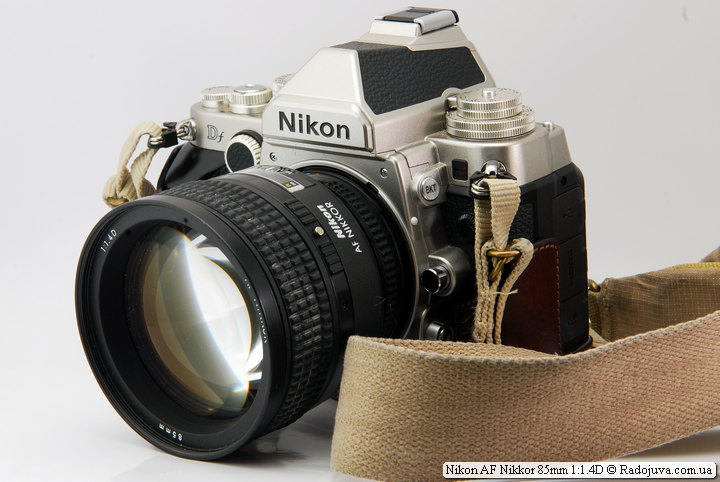
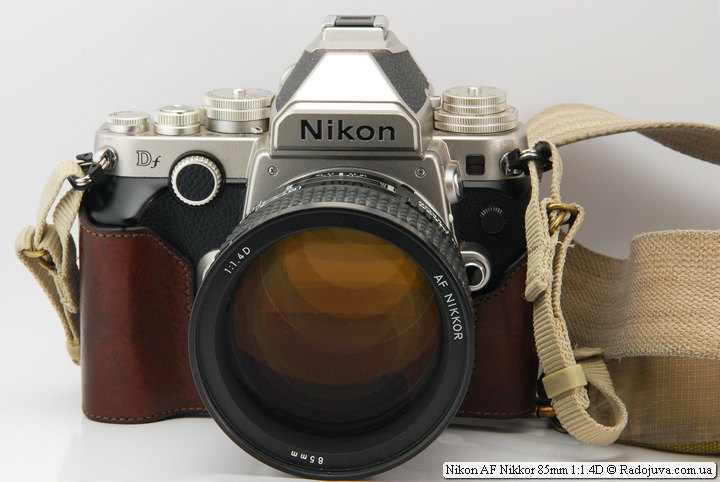






























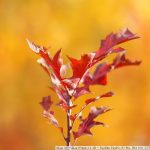

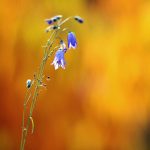
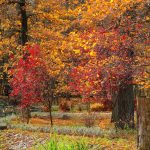
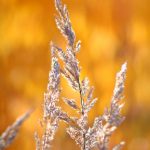
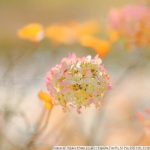
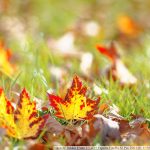

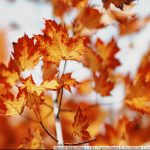
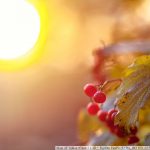
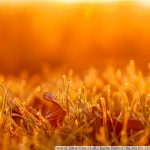
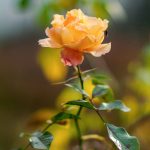

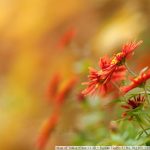
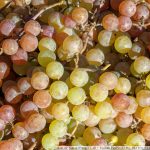
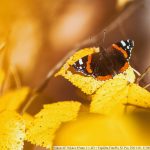


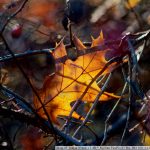
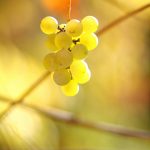
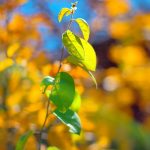
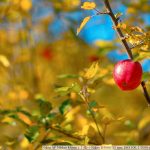

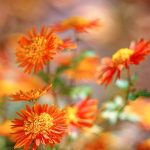
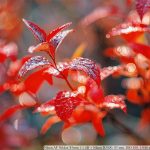
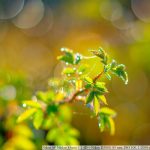

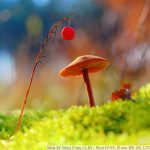

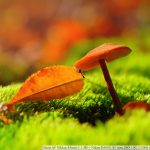

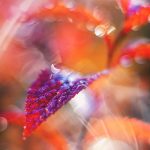
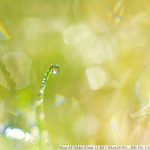
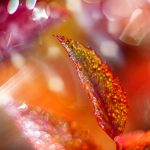



No, I'm not a marketer, I just invest in Nikon, and the return is 0.
Now I understand that I made the wrong decision by choosing Nikon. It's a shame to understand that after the D50, D80, D200 cameras, marketers really came to the sales management in Nikon ...
Yes, Nikon has good optics, and Canon has a tangible one, the merit is by no means marketers, but the quality of the output card))
Arkady, guys, but someone can tell me, is there a difference in the picture with the new G model (Nikon 85mm 1: 1.4G)? Nikon D750 Camera The end result is of interest. Or is it better Sigma AF 85mm f / 1.4 (better Nikon 85mm 1: 1.4D means)? Thanks in advance for your reply.
Everyone has different pictures. Personally, I think that the Nikonovs paint better.
Hello Arkady. I choose 85 for d700 and settled on sigma 85 art 1.4 and this Nikon 85 1.4 d on the side of Nikon price ...
I didn’t shoot 85 1.4 art :) it's hard to tell.
Good day to all!
I also got it 85 ...
I liked it so much that the 24-70 2.8 got dusty and I personally stopped liking it. These are completely two different insoles - one, fast and versatile, and the second for the soul - the viewing angle is inconvenient, slower and so on ....
But the picture !!)))))
more...
test
test 2
test 3
test..
testtest
test test test
Everything is shot on the D700
Hello! Looked at several reviews on Canon lenses - it turns out that since the 80s of the last century, if I understand correctly, Canon lenses have already been equipped with built-in focus motors. I wonder why Nikon did this “screwdriver trick” and then also the screwdriver segregation?
What is meant by "feint"? As for me, this is a construct of its time, competent from many points of view (focusing accuracy, ease of alignment and repair, cost-effectiveness in the production of lenses, etc.).
Do not forget that the screwdriver drive is not unique to Nikon. It is unjustified to change the mounts (without the normal operation of old lenses on new mounts) - one of the deadly sins - hello to Kenon and Sonya.
And what does segregation have to do with it? There are no screwdrivers only in low-end models, where they should not be by definition. All Nikon's advanced crops and ABSOLUTELY all full frames do not suffer from this. I have more questions about the new AF-P lenses - that's where people were really just presented with a fact.
I will try to explain. A feint implies that if there was motor technology in the lens (Canon already did), the development and production of non-motorized lenses and cameras with a screwdriver (at that time absolutely the entire model range) was carried out, but then there was a transition to AF-S. If the fact is that at that time, the screwdriver technology was more developed and reliable, but then AF-S time nevertheless came, then this answer will suit me.
And segregation is, by definition, the policy of forcibly separating a certain group of the population, as Wikipedia writes. In our case, users. I agree, maybe not a good comparison .. While there were only screwdriver lenses, everyone took screwdriver lenses (there was no other). Since a certain time, screwdrivers were no longer on all cameras. And those who wanted to continue using the optics already purchased earlier were offered to focus on certain models in a certain price range. But not everyone needs advanced crop or FF. Therefore, just with AF-P it is simpler and more honest: at the time of purchase it has already been said where they will work and where not.
There were not only motor technology in the lens, but also autonomous autofocus modules in the lens. The screwdriver technology appeared earlier and Nikon sat on it. AF-S came later. Canon's autofocus on motor lenses was faster than Nikon's screwdriver. So Canon began to conquer the leading positions, and Nikon had to catch up and now switch to motor lenses. There is no segregation here either. After Nikon released the motorless D40, the lenses were upgraded to AF-S. All modern lenses have a focusing motor. And the release of dinosaurs developed 20 years ago is Nikon's conservative policy. This is the same if Canon has released FD lenses until now.
Thank you, Michael.
Not quite a correct analogy, given that it is FULLY impossible to make FD work on EF :)
Well, like AF on a camera without a motor))) Although the analogy, of course, is not complete, given the incompatibility of the mounts. It was said in the context of the production of ancient lenses at present
By the way, I specifically tested on the D610. In poor light, screwdriver lenses focus faster and more accurately than their AF-S counterparts. Even when they refuse to focus at all.
Even 50mm 1.8D worked faster and more accurately 50mm 1.8G.
True, in such conditions, few people shoot.
At its core, autofocus is a closed ACS (automatic control system) consisting (very roughly and simplistically): 1. Discriminator - focus sensors located in the camera. 2. Control element - camera electronics, which determines the necessary control action, based on the feedback received from the discriminator 3. Controlled element - camera motor + objective lens (screwdriver) or lens motor + objective lens (AF-S). Accordingly, pp. 1 and 2 are the same for screwdriver and AF-S. Therefore, if it is faster or slower, you can understand, but why they refuse to focus is interesting.
"In poor light, screwdriver lenses focus faster and more accurately than their AF-S counterparts." - here I agree. I noticed this even from film devices: at night, under the light of the only dim lantern in the park, the tracking focus worked like during the day.
But AF-S are quiet and with aspherical elements)) It works on the younger crop, the nuts are not so noticeable. At the moment, I have several similar AF-S and D lenses. I use new versions more often, but I don’t rush to sell old ones :)
That's right, at dusk, screwdriver lenses focus better, moreover, they break less, and even if something breaks in them, they are easier to repair, many screwdriver lenses had a design even better than new ones, and they used better plastic, and due to the fact that many of them were optically “incorrect” at open apertures, the picture from them had its own “character”. For example: I have a lot of lenses from different systems, and my friends have a lot of them. So, after buying a Nikon 28-105D for $ 135 (in a NEW condition !!!) I stopped using my own Canon 24-105 / 4 IS (it costs about $ 700 !!!) on my Canon 5D3. I'm not a fool, of course, weddings need to be filmed with that canon, but the pictures from it are so correct and “substantive” that you don't even want to look at them later. I personally never used the lens presented in the review, I didn’t even hold it in my hands, but I look at pictures from it and for some reason I see pictures from my old Mamiya 150 / 3.5 for medium format Namiya 645 cameras. Personally, I see the same plastic on open holes.
Good afternoon. the hood is not HB-31. Beating in - (Main Specifications Nikon AF Nikkor 85mm 1: 1.4D :). Dyakuyu.
Guys who are interested in staying with me 85ka, in excellent condition without defects on the lenses
+375296091485 tel / viber Minsk
Arkady hello!
I ask for advice.
Yesterday I went for a walk with a bunch of d500 + 85 1.4d. Cloudy weather, shooting among trees, ISO up to 1000.
Of the 300 shots taken, more than half are out of focus.
Found a problem during the shooting. I took frames by changing the AF settings, using a tripod, through the LP mode, covered up to f3.5 (further on, too high ISOs). There is no stability.
Previously, there were mistakes, but they were single and more on open numbers, up to f2.5. Then everything was stably good.
I can’t understand on my own why this can happen.
If you are familiar with such a problem, with this glass, tell me please, what could be the reason?
PS Yes, I recently dropped this bundle (I did not fasten the backpack and, when I tried to lift the camera, I rolled out of the backpack on the floor) from a height of about 15-20 cm. on a soft carpet. There was no blow as such. There are no mechanical damages on the camera and glass. With a sigma of 18-35 AF the camera works as before stably.
Hard to tell
I dare to assume that there were not misses of AF, but micro-lubricants. You set the ISO and aperture, as I understand it, the shutter speed remained auto. Shooting in aperture priority mode. an even bigger mistake, exacerbating the situation, was covering the diaphragm. However, your statement that there is no sharpness with a tripod does not fit into this answer.
Bend on the nikon 85mm 1.4d is the HN-31, not the HB-31.
Fixed
Good afternoon, Arkady.
Thank you very much for your work. Your site and your reviews, provide invaluable assistance in understanding the photographic technique, the principles of photography and help determine which direction it is sometimes worth moving.
And now I, like many before me, ask for advice.
I want to take up photography professionally and switch from my Nikon d200 and Nikon d90 to a full frame, in connection with which two questions arose.
It is possible to buy d600 with mileage 5300 and d800 with mileage 118t.k., the price is the same, what to choose?
And rushing between 70 (80) -200 (most likely MK3) and 85mm 1.4D.
I focus on portrait / wedding photography. Focal 28-70, I already have Tamron SP AF Aspherical XR Di LD [IF] 28-75mm 1: 2.8 blocked, as in one of your reviews.
But for the portrait, until the choice is clear, 70 (80) -200 attracts versatility, 85mm 1.4D picture, aperture, and lightness is also a plus =)
Thanks in advance.
If you have extra funds, then d800. If not, then d600, it will be enough after d200 and d90.
The choice of 85 or 80-200 is difficult, it was highlighted here https://radojuva.com/2017/06/85-vs-70-200/
For starters, I personally would take a creative 85 1.4D.
Thank you very much for your prompt response =)
And your post also read. I internally agree with your opinion, each tool is good for its tasks.
There was found an even more interesting option, the new d600, for the price of d800 with mileage, and here I’m just lost, what to choose if there is no difference in price?
In the general case, the d800 is preferable, but I would not chase after it, since the d600 is a completely suitable device and sometimes it is easier to work with the d600 because of the lower pixel density.
Thank you so much for the advice!
I was glad to talk with you =)
All the best! =)
And the intermediate aperture values just can not be set? I don’t know how on this lens, but on the old 70-210mm f4 AF Nikkor with a Nikon F4 camera, intermediate values are set directly on the lens ring, despite the lack of fixation (between clicks)
Does anyone know how he behaves with the Nikon D5300? Is it worth taking? I really like him, so many reviews, so many reviews I read.
I would not. Low aperture with manual focus ... There will be more marriage than the joy of ownership.
will lead well, only autofocus will not be on the D5300 - therefore it is better to take manual 85 1.4 AIS (so as not to overpay for autofocus, which will not work on your camera) https://radojuva.com/2014/09/nikon-nikkor-85-mm-1-4-review/
Their drawing is similar.
either 85 1.8G
If the native is Nikon, then 85 / 1.8G, and forget about the problems with autofocus.
“Designed for Nikon FX digital cameras” - and this in 1995 (about five years before the first Nikon CZK)?
Fixed
Please advise ... a new 1.8G or a used "legend" 1.4D? The price is about the same 35000. On the one hand, the guarantee on the other bokeh ...
For creativity 1.4d, for work 1.8G
Should I change Nikon AF Nikkor 85mm 1: 1.8D to Nikon AF Nikkor 85mm 1: 1.4D, taking into account the fact that they ask for it almost 4 times more?
“Funny that the Nikon AF Nikkor 85mm 1: 1.4D has faster autofocus than the Nikon 85mm 1: 1.4GN AF-S Nikkor.” It's funny that the Nikon 85 1.4G has a motor identical to 18-55.